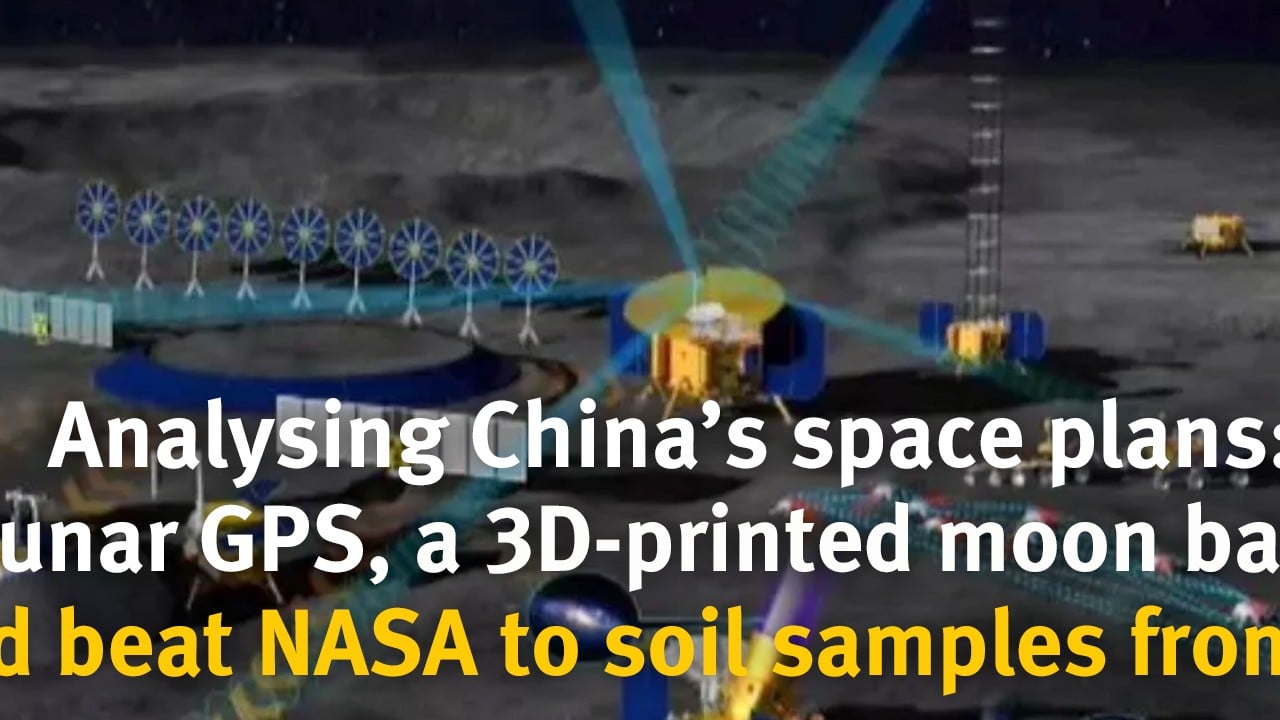
China tests Earth-based lab to recreate conditions in space
- A range of simulators have been built in Harbin to put equipment such as satellite components to the test before launch
- Each chamber reproduces a specific environment, from the lunar surface to microgravity
China’s first space station simulators have started trial operations, offering researchers a convenient way to test equipment such as satellite components and spacesuits.
The project, also called the “ground space station”, was jointly developed by the corporation and Harbin Institute of Technology (HIT), China Space News reported on Friday.
The report said that compared with a laboratory in space, the simulators would be a cheaper, safer and more convenient way to conduct experiments.

“In the future, many of the experiments that need to be carried out in space can be done on the ground,” Yan Jihong, deputy dean of HIT’s Institute of Space Environment and Material Science, told state news agency Xinhua late last month.
Li Liyi, dean of the space environment institute, said the aim of the “ground space station” was to build a platform for basic scientific research on Earth that was similar to the real space environment.
“[If we want to] fly farther, stay longer and probe more deeply [into space], we need to know more about the space environment,” Xinhua quoted Li as saying.
Each of the chambers recreates a different set of conditions, including one that simulates the lunar surface environment.
European telescope launched to hunt for clues to universe’s darkest secrets
Another of the simulators is the integrated radiation environment chamber, which comes the closest to recreating the actual conditions of space. It will enable research and testing of satellite and spacecraft components, according to CCTV.
The magnetic chamber would recreate a near-zero magnetic field, enabling experimental conditions for tests on various equipment before launch, it said.
“With the simulation infrastructure, we hope we can attract scientists from all over the world to conduct high-level scientific research,” Li told CCTV.
Xinhua reported that in addition to researchers from China, institutes in more than 30 countries had signed user agreements for the facilities.


